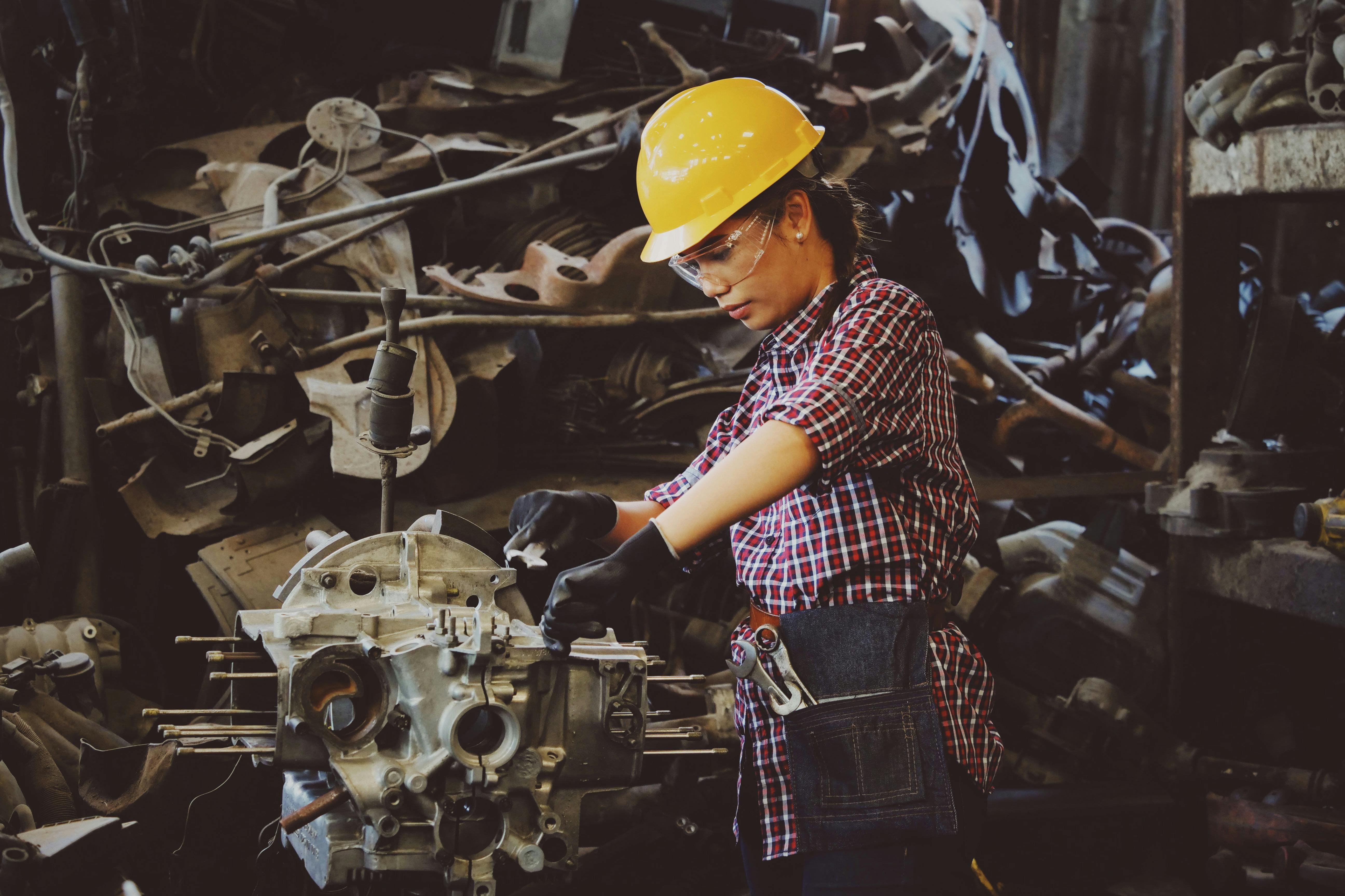Workshop safety checklist for common yard and home repairs
A concise safety checklist helps you complete common yard and home repairs with fewer accidents and better results. This article covers practical precautions for handling compost and soil, irrigation systems, pruning, pest control, lighting, containers and upcycling tasks. Use these guidelines to reduce hazards in your workshop and outdoor workspace.

Compost and soil: what hazards should you watch for?
Handling compost and working with soil introduces risks like airborne dust, mold spores, and sharp debris. Wear a dust mask and gloves when turning compost or filling containers, and protect eyes with safety goggles. Avoid lifting heavy bags alone; use a cart or ask for help to prevent back strain. If you work with seedling mixes or fertilizers, keep them covered and stored in labeled containers to avoid accidental ingestion or spills. Good ventilation in a workshop or potting area reduces inhalation risks while keeping pests and odors down.
Irrigation and drought: how to stay safe with systems?
Irrigation work involves water, electricity and trip hazards. Shut off the main supply before repairing valves or leaks and de-energize any pump systems before inspection. Use insulated tools for electrical components and avoid standing in wet areas when working on wiring. During drought-related maintenance, be mindful of dehydration and sun exposure: wear appropriate clothing, take breaks, and have drinking water available. Mark hoses and irrigation lines clearly to prevent tripping in the workshop or on patios and around containers.
Pruning and pests: which protective steps help?
Pruning reduces plant health risks but requires sharp tools and awareness of pests. Keep pruning tools sharp and clean; dull blades cause strain and increase the chance of slips. Wear cut-resistant gloves and long sleeves to protect against thorns and branches. Inspect branches for signs of pests or disease and dispose of infested material properly to avoid spreading. When using pesticides or treatments, follow label instructions, use appropriate respirators if indicated, and store chemicals locked away from children and pets.
Upcycling and containers: what workshop practices minimize risk?
Upcycling projects and working with containers can expose you to dust, paint fumes, and mechanical hazards. Set up a dedicated workspace with a stable workbench and good lighting. Use clamps to secure small items rather than holding them by hand while cutting or sanding. Wear a respirator when sanding old paint or working with adhesives, and opt for low-VOC materials when possible for better sustainability. Keep sharp, heavy, and hazardous materials organized in labeled bins to reduce clutter and accidental injury.
Mulch, fertilizer, seedlings: how should you handle materials safely?
Mulch and fertilizer are beneficial but can be irritating to skin and lungs. Use gloves when spreading mulch and wash hands after contact. When measuring or mixing fertilizers for seedlings, work outdoors or in a well-ventilated area and avoid creating dust clouds. Store small seedling trays and soil away from shelf edges to prevent spills. For drought-sensitive planting, plan staggered watering to avoid overexertion and consider using lightweight containers and potting mixes to ease lifting during maintenance.
Lighting, patio, and maintenance: what electrical and layout tips apply?
Proper lighting prevents trips and mistakes during repairs both in the workshop and on patios. Install task lighting over benches and ensure outdoor wiring is rated for exterior use and protected by ground-fault circuit interrupters (GFCIs). Secure extension cords away from walkways and avoid running them across wet surfaces. When maintaining patios, check for uneven pavers or loose boards and mark hazards clearly. Routine maintenance—tightening screws, replacing worn parts, and clearing debris—reduces sudden failures during use.
A final wrap-up paragraph about safety and sustainability
Consistent, practical safety habits make yard and home repairs less stressful and more sustainable. Regular maintenance of tools and systems reduces long-term risk and waste: keep sharp tools serviced, store materials properly, and repurpose usable items through upcycling rather than discarding them. Combining personal protective equipment, clear workspace organization, and attention to environmental factors like drought and pests helps protect both people and plants. Make safety an integral part of each project to preserve health and extend the life of equipment and outdoor spaces.





